Dragonflight POI - World of Warcraft
ROLE
Level Design Intern
DESCRIPTION
A Point of Interest situated in the mountainous region of the Ohn'aran Plains biome, featured in the ninth World of Warcraft expansion.
YEAR
2021
GENRE
MMO
Software
World of Warcraft Editor
*NOTICE: All tools, assets, and textures are property of Blizzard Entertainment and their respected teams who worked on such materials*
In the final week of my internship at Blizzard, I had the opportunity to contribute to the Dragonflight expansion for World of Warcraft. During this time, I collaborated closely with the WoW level design team through numerous feedback sessions. Together, we refined a dynamic Point of Interest: a Proto-Drake nest located in the Ohn’Arhan Plains.
Responsibilities:
Terrain Texturing
Terrain sculpting
Environment Set Dressing
Curse of Farrowfall
ROLE
Level Design Intern
DESCRIPTION
An original PlaySpace created with kits from previous world of warcraft expansions
YEAR
2021
GENRE
MMO
Software
World of Warcraft Editor
*NOTICE: All tools, assets, and textures are property of Blizzard Entertainment and their respected teams who worked on such materials*
As an intern with Blizzard Entertainment in 2021, I collaborated with the World of Warcraft Level Design team to develop Curse of FarrowFall, a level design project that encompassed everything I learned from my mentor and the team on World of Warcraft POI development. In this role, I received in-depth training on Blizzard’s proprietary tools, including the WoW Editor, terrain sculpting, and asset integration, to craft environments and create interactive quest hubs and combat points of interest (POIs). This immersive experience redefined my approach to level design, especially in the unique context of World of Warcraft’s design language.
I - Tool Proficiency & Terrain Development
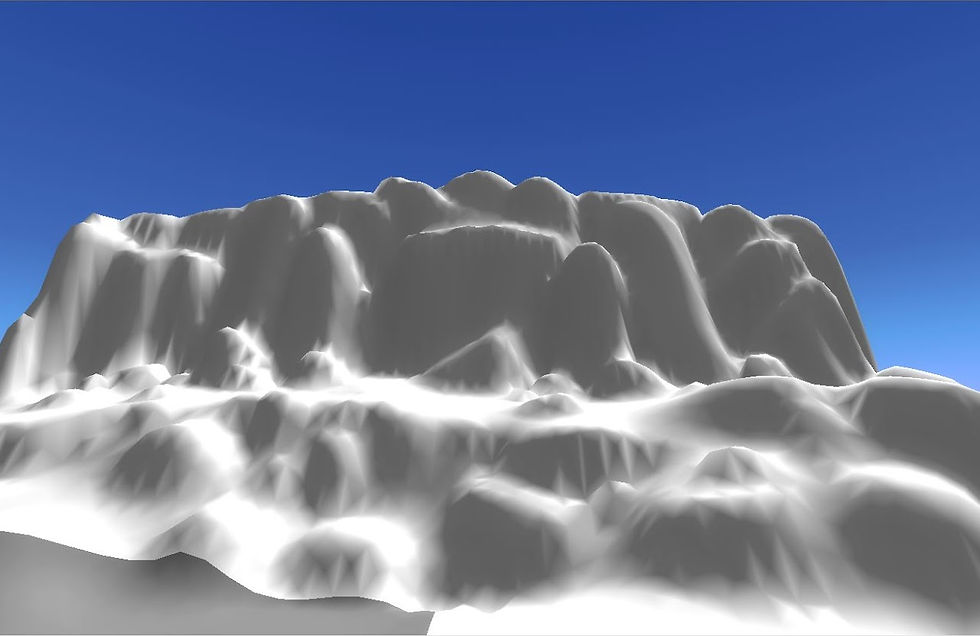
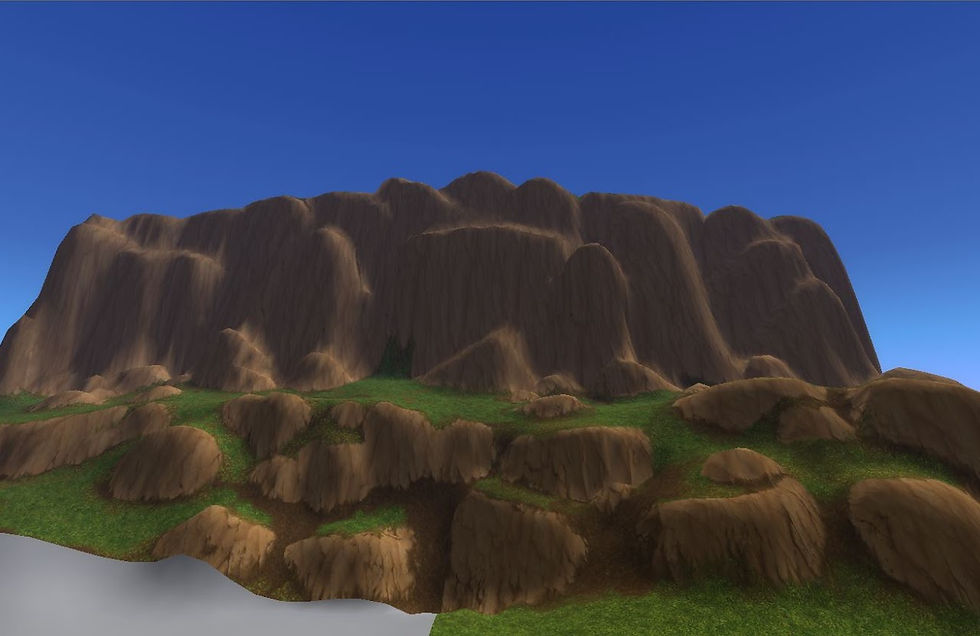



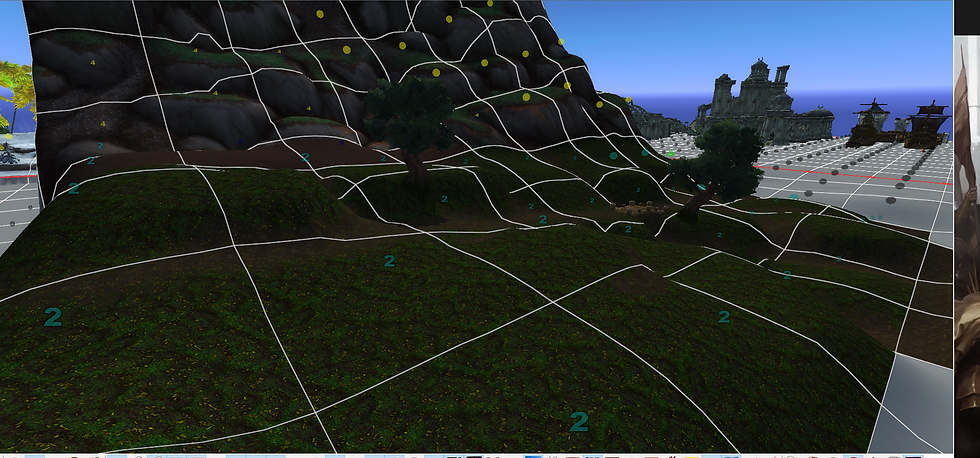
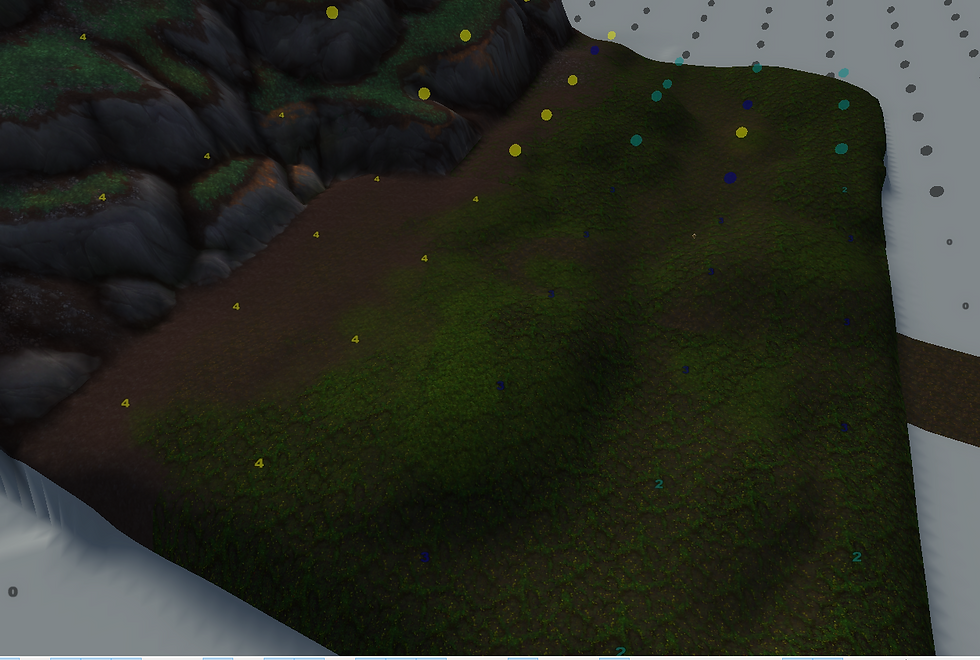

I began by familiarizing myself with WoW Editor under the team’s guidance, focusing on terrain sculpting and environment modeling. This training allowed me to understand World of Warcraft's asset structure and methodology for creating seamless landscapes.
To build these foundational skills, I was assigned three distinct mountain sculpts from different biomes and zones within the game. My objective was to closely replicate each mountain's form and texture language, aligning as precisely as possible with the reference materials provided. This exercise was also my introduction to using a Wacom tablet, which proved instrumental in achieving the nuanced detail required for this work.
II - Environment Extension & Kit selection
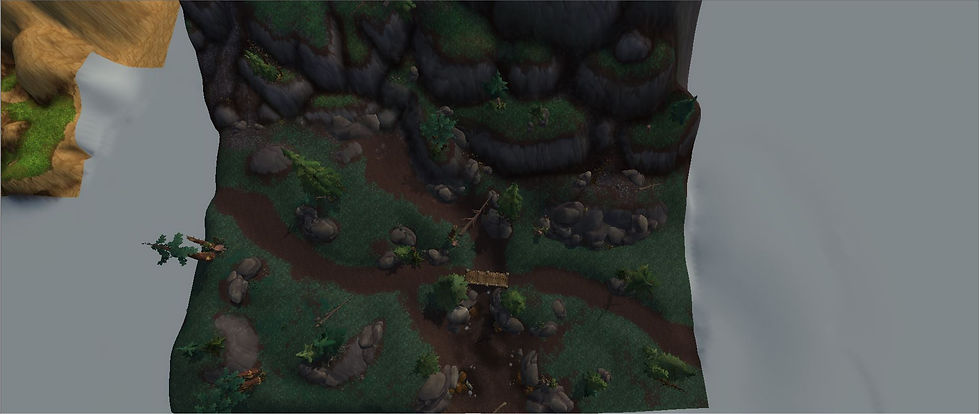




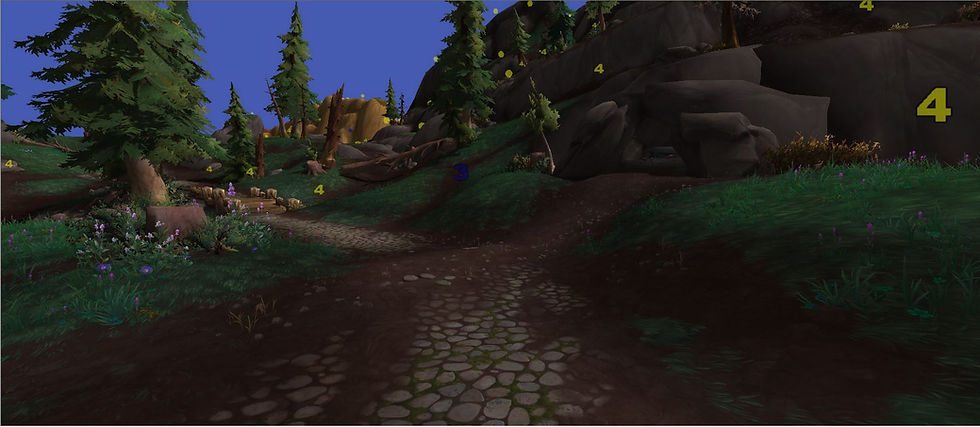
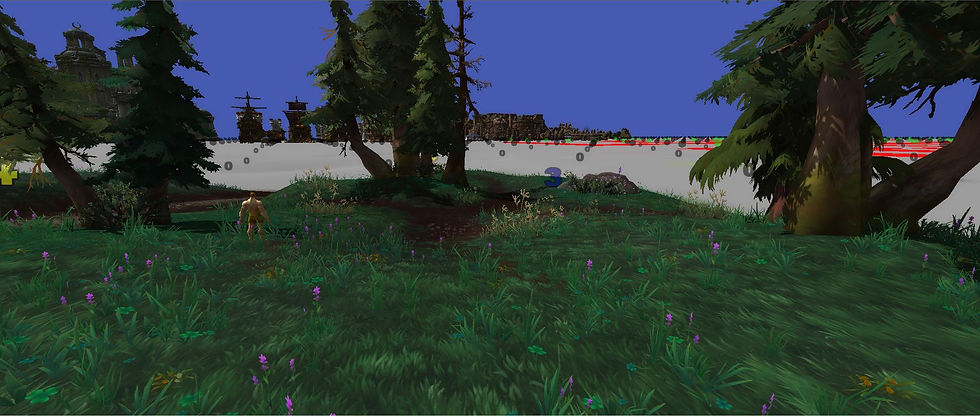

After completing the terrain sculpting phase, I progressed to creating a fully realized World of Warcraft environment. I chose the Kul Tiras mountains as the foundation for my environmental extension, inspired by the lush, rugged landscapes I encountered along Ireland's southern coast during family travels.
With this reference in mind, I designed an environment characterized by frequent flash floods and heavy rainfall to emphasize the dynamic and often harsh weather of the region. The Kul Tiras kit provided a rich array of vegetation assets, which I used strategically to reinforce the setting's story and natural atmosphere.
In addition to landscape features, I gained hands-on experience with technical aspects of WoW environment creation, including setting up roads, organizing vegetation and object clusters, integrating water planes, and configuring lighting. These tools and techniques allowed me to bring depth and realism to the environment, enhancing both visual appeal and storytelling.
Given the opportunity to work with assets from recent expansions, I selected the Kul Tiras and Drustvar kits due to their dark, atmospheric aesthetics. Drawing inspiration from Drustvar’s eerie zones, particularly the Crimson Forest, I aimed to infuse my design with a similar Blair Witch-inspired ambiance.
III - Story Integration & Environmental Storytelling
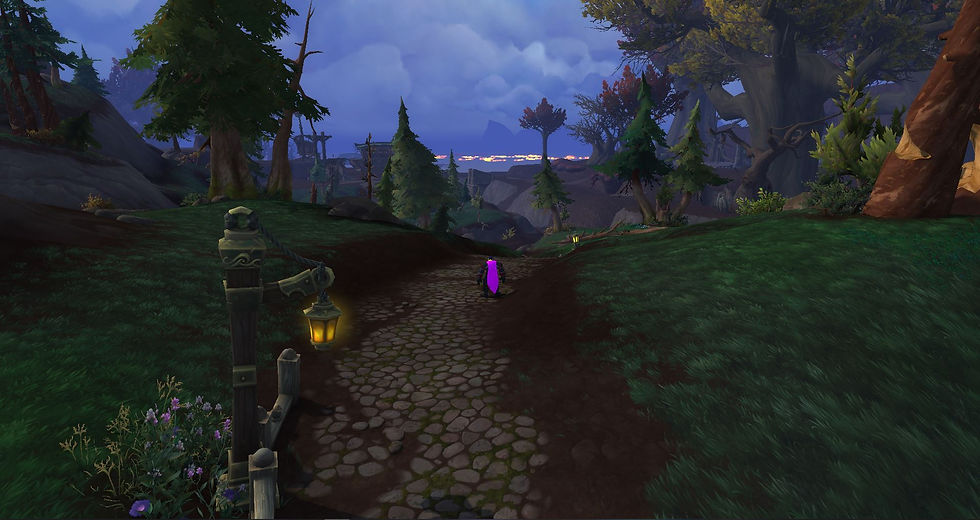
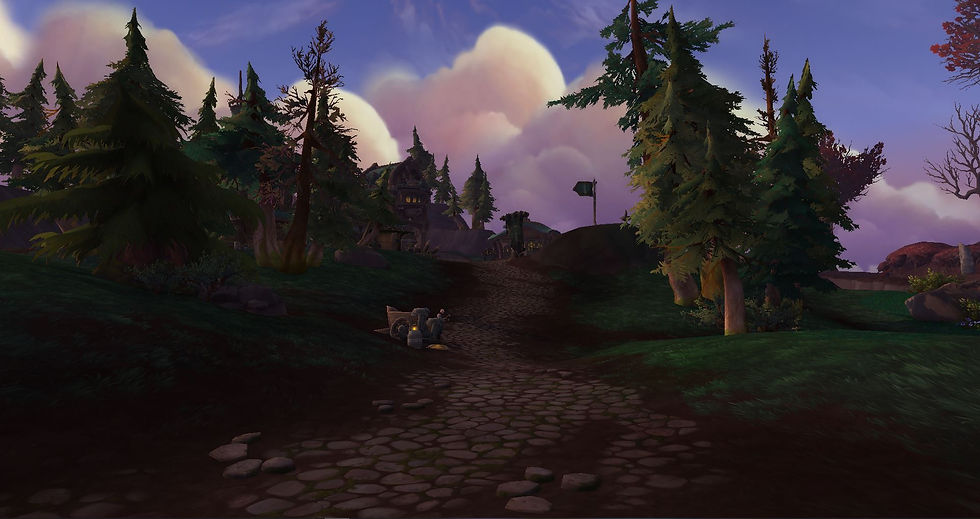
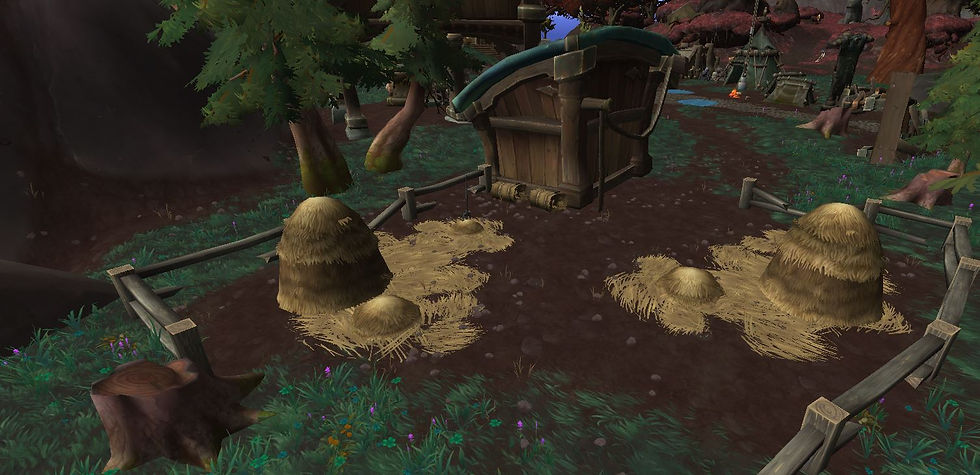


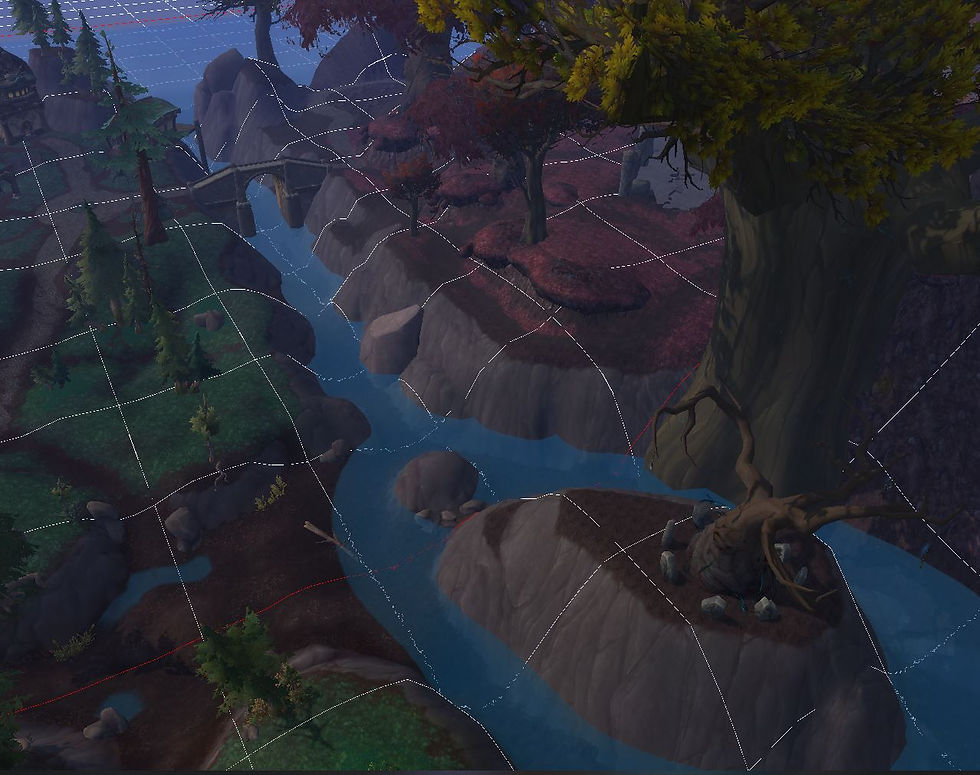


As my final assignment as a Level Design Intern, I was tasked with developing and fully realizing a comprehensive Point of Interest (POI). This involved two key areas:
-
Player Hub: I designed an engaging Player Hub. This hub serves as the player's primary resource and mission center, providing essential interactions that drive gameplay and immersion.
-
Combat POI: I also created a Combat POI, strategically designed for players to complete quests assigned in the Quest Hub or engage in mob farming to collect valuable loot. This area required thoughtful layout planning to support both quest progression and spontaneous encounters, adding layers of depth and exploration to the player's journey.
In Curse of FarrowFall, I centered the narrative around a rural town showing signs of corruption and witchcraft, with influences crossing over from Drustvar's ominous isles. This storyline guided my design choices in landscape features, object placement, and lighting to convey a sense of impending dread.
IV - Polish & Final Thoughts

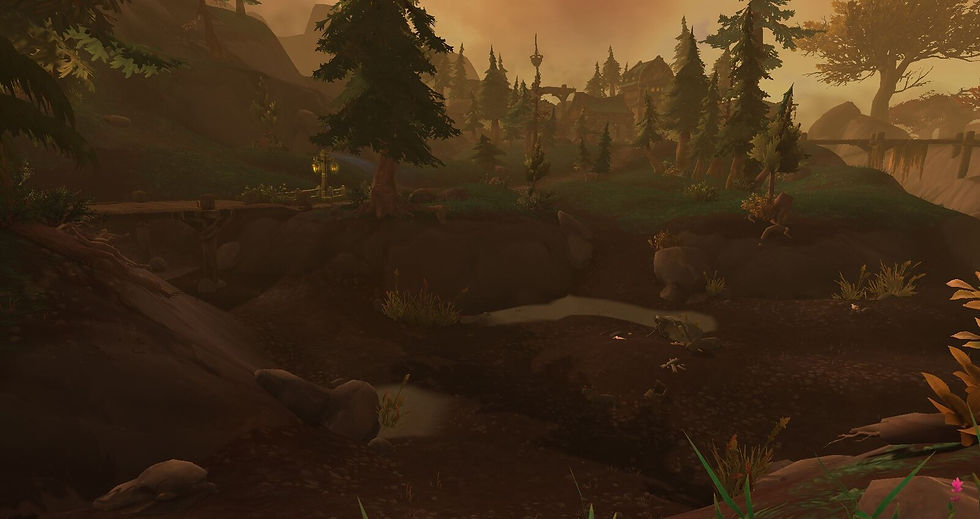
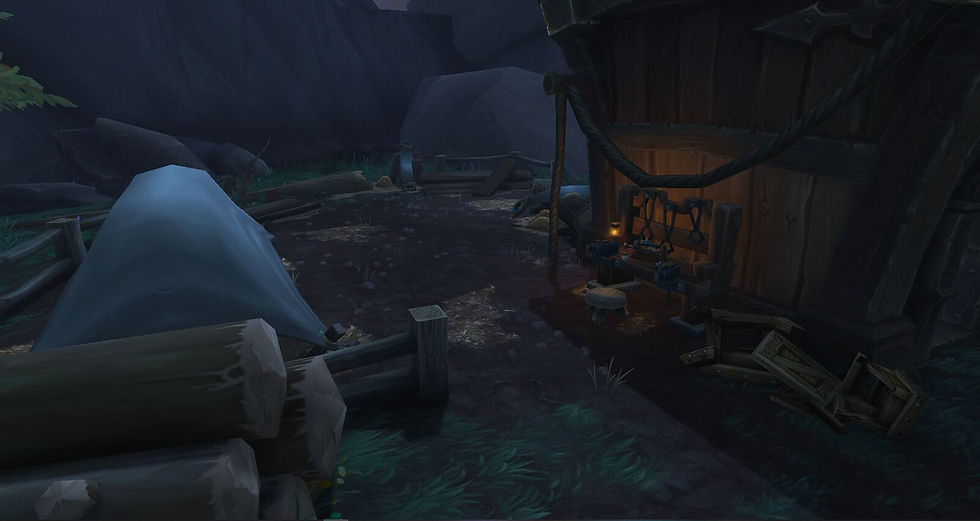


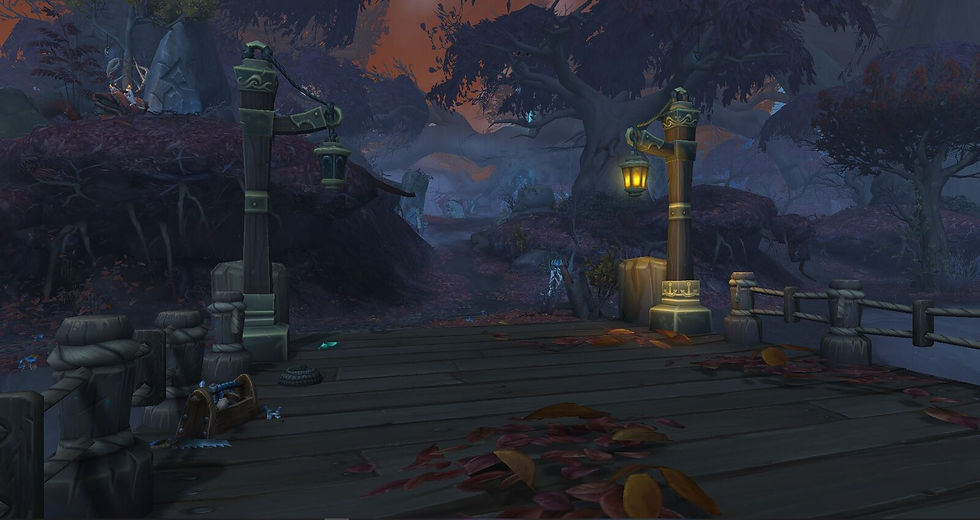
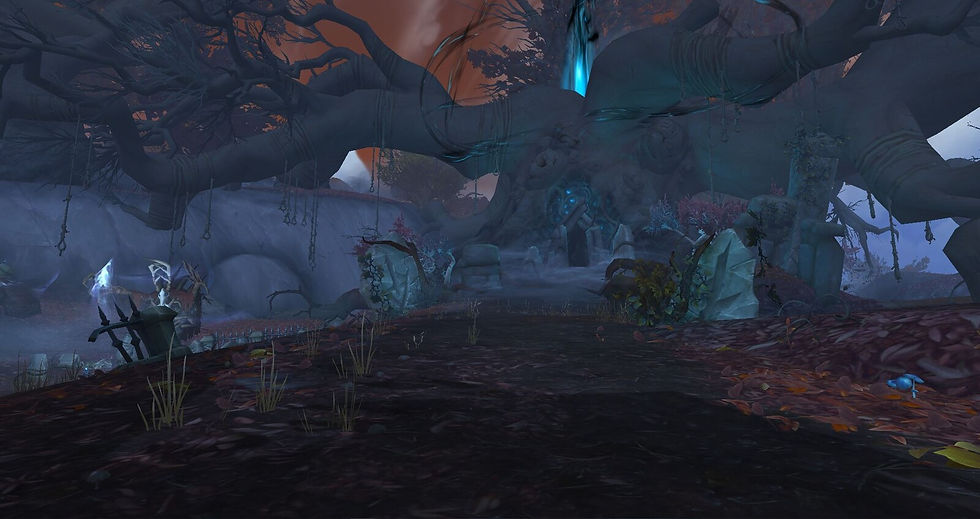

Throughout the project, I received invaluable feedback from the Level Design team, who encouraged me to iterate and refine. This guidance was instrumental in elevating the project's quality and storytelling impact.
In Curse of FarrowFall, I centered the narrative around a rural town showing signs of corruption and witchcraft, with influences crossing over from Drustvar's ominous isles. This storyline guided my design choices in landscape features, object placement, and lighting to convey a sense of impending dread.
In just two months as an intern with the World of Warcraft level design team, I gained a deep and comprehensive understanding of Blizzard’s approach to world-building. This experience has allowed me to enhance my knowledge and skills in several key areas:
-
Design Philosophies and Techniques Specific to World of Warcraft: I gained insight into the unique design principles that define World of Warcraft, learning how to create environments that align with its distinctive aesthetic and gameplay goals.
-
Flow and Language as Essential Elements of Design: I developed an understanding of how design flow and visual language are critical to creating intuitive, immersive player experiences.
-
Implementation of Development Phases: I learned the meaning and application of the 1st, 2nd, and 3rd pass phases, applying these iterative steps to develop Points of Interest (POIs) that evolved in complexity and polish over time.
-
Importance of Communication within a Development Team: Working closely with the team demonstrated how effective, consistent communication is crucial in synchronizing the creative vision and achieving a cohesive design.
-
Prioritizing and Integrating Feedback: I refined my ability to prioritize feedback and apply it strategically, improving the design based on input from experienced team members.